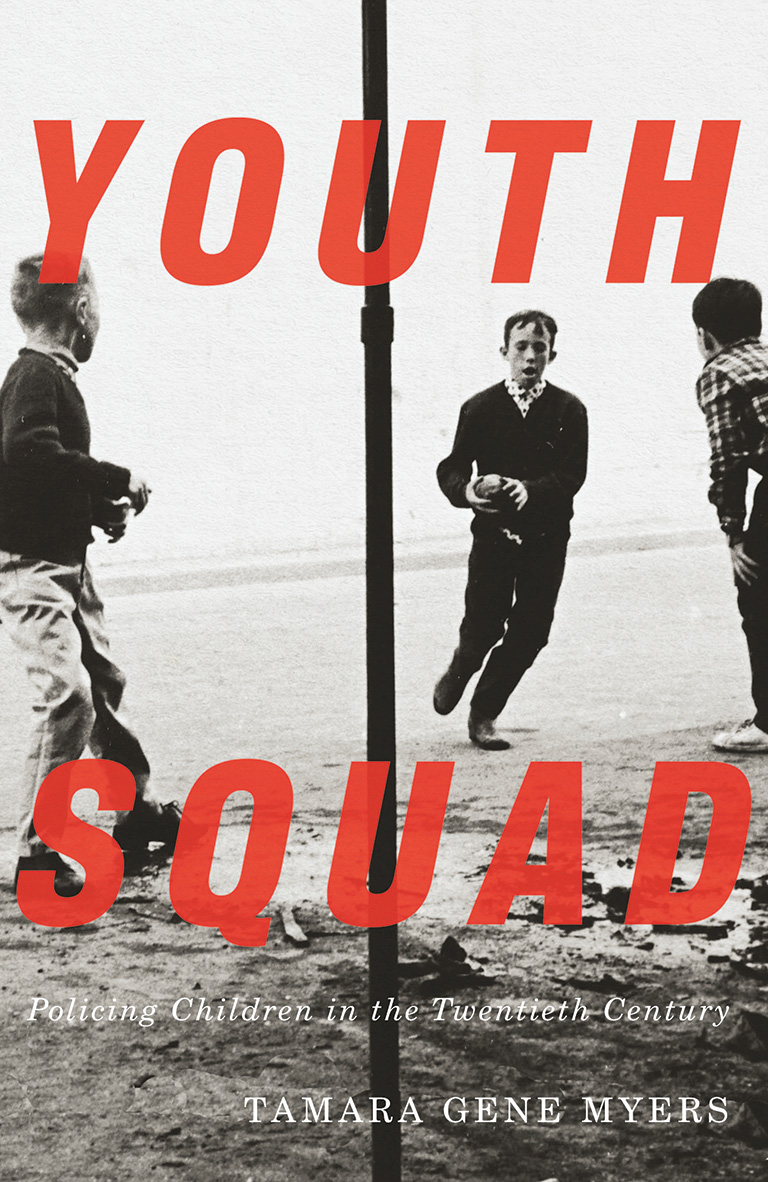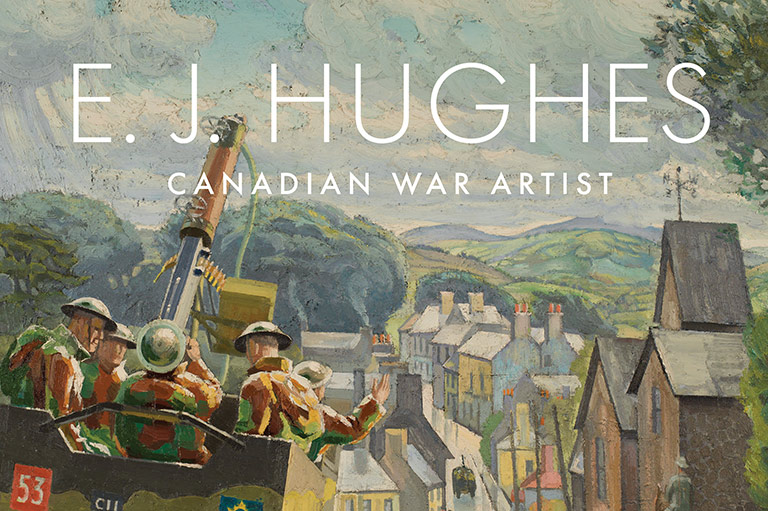Youth Squad

Youth Squad: Policing Children in the Twentieth Century
by Tamara Gene Myers
McGill-Queen’s University Press,
267 pages, $32.95
In the 1930s, police departments across Canada began to create new strategies for dealing with young people. As these strategies evolved, questions were raised regarding whether police should work to build friendly relationships with them or use fear and intimidation to scare them straight.
In Youth Squad, University of British Columbia history professor Tamara Gene Myers explores the often-complicated relationship between law enforcement and youth in the twentieth century. Her book explains how police departments in Canada, and in other cities in North America, began in the 1930s to form “youth squads” — which were comprised of police officers who worked to improve their forces’ relationships and image with young people as well as to keep more children and adolescents out of the criminal-justice system.
Myers also discusses how police departments offered their own recreational programs for children as part of a proactive attempt to keep them away from “unsupervised street play” and “anti-social behaviour.” She accepts that the people behind the strategies were often well-meaning but notes that, in many cases, these approaches led to the “over-policing of young people” that continues today.
Themes associated with this article
Advertisement




